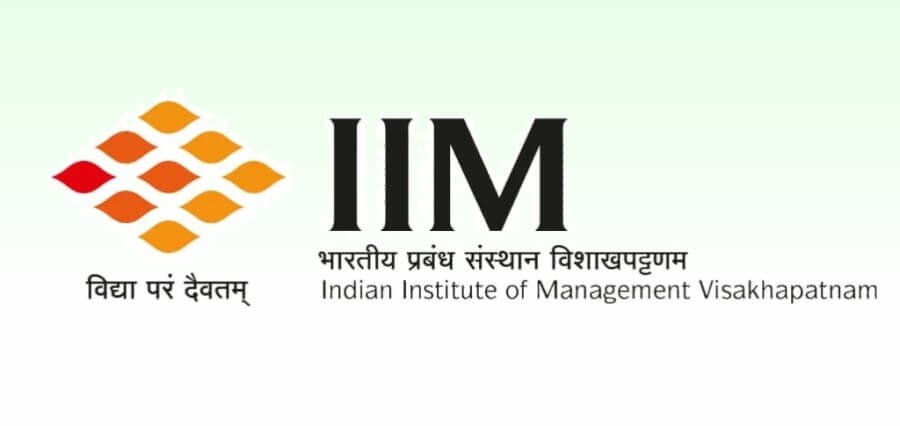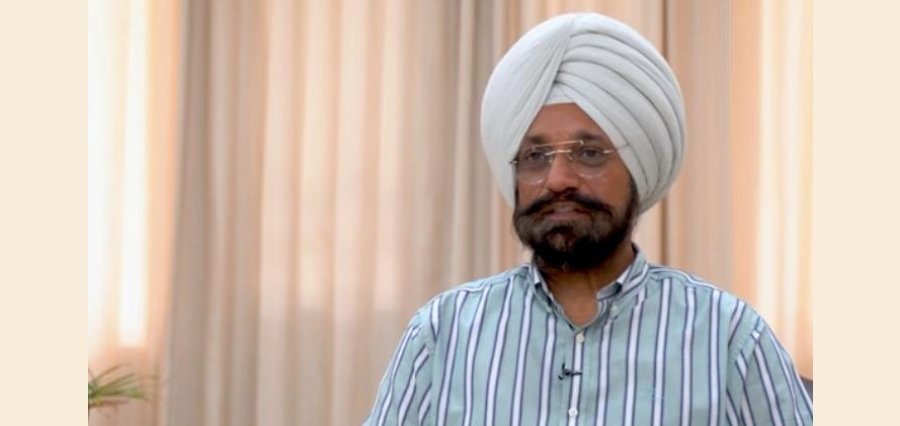Prime Highlights:
35% of schools in India enroll fewer than 50 students and are staffed by just one or two teachers.
The vacancy rate for teaching positions in India is high, with 16% of positions unfilled as of 2022-23, particularly in states like Jharkhand (40%) and Bihar (32%).
Teachers in smaller schools often teach multiple grades and subjects, sometimes without adequate qualifications, compromising the quality of education.
Key Background:
A recent analysis by think-tank PRS Legislative Research has highlighted concerning trends in India’s education system, revealing that 35% of schools across the country have fewer than 50 students and are staffed by just one or two teachers. This issue is especially prevalent in government schools, with 36% enrolling fewer than 50 students, and nearly 10% having fewer than 20 students. The report also pointed out that smaller schools, due to limited resources, face significant challenges in providing quality education.
The National Education Policy (NEP) 2020 notes that the shortage of teachers in such schools results in educators being tasked with teaching multiple grades and subjects, often in areas where they may not possess adequate qualifications. This compromises the quality of education, as teachers are stretched thin between administrative duties and their teaching responsibilities. Additionally, the lack of infrastructure such as laboratories and libraries further exacerbate the situation, hindering students’ overall learning experience.
The situation is compounded by a notable shortage of teaching staff across the country. As of 2022-23, approximately 16% of teaching positions for grades 1-8 were unfilled, with the vacancy rate particularly high in states like Jharkhand (40%), Bihar (32%), Mizoram (30%), and Tripura (26%). This shortage of qualified teachers is also reflected in the fact that, as of 2023-24, 12% of teachers from primary to higher secondary levels did not have professional teaching qualifications, with a particularly high rate of unqualified teachers at the pre-primary level (48%).
In response to these issues, the Standing Committee on Education, Women, Children, Youth, and Sports has called for urgent reforms, including expedited teacher recruitment and the establishment of an Autonomous Teacher Recruitment Board to ensure transparency and efficiency in the hiring process.




